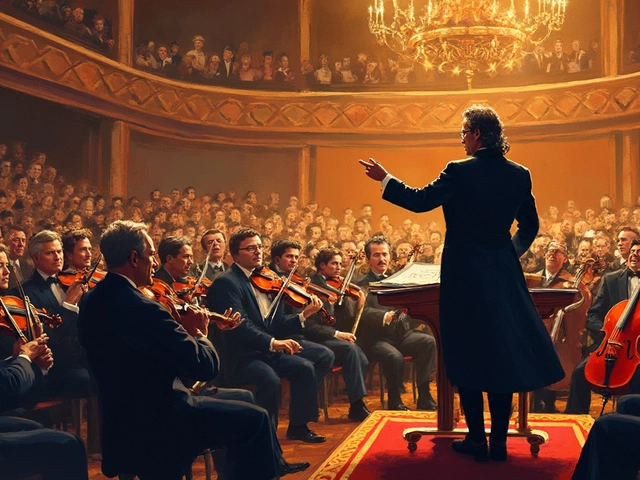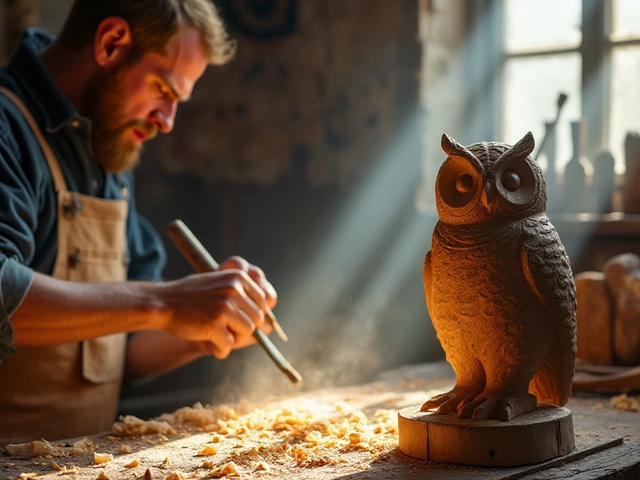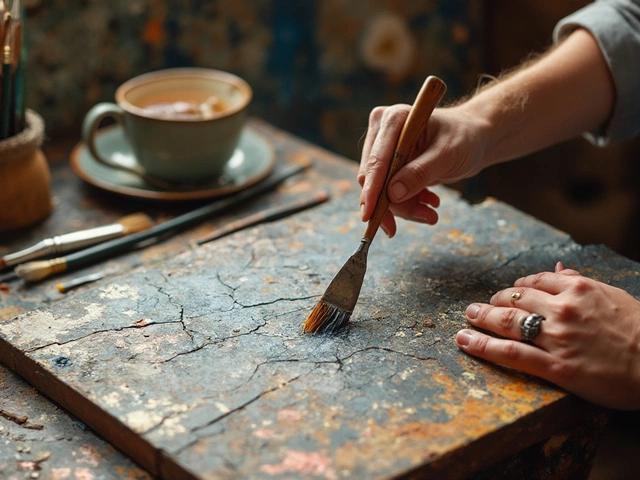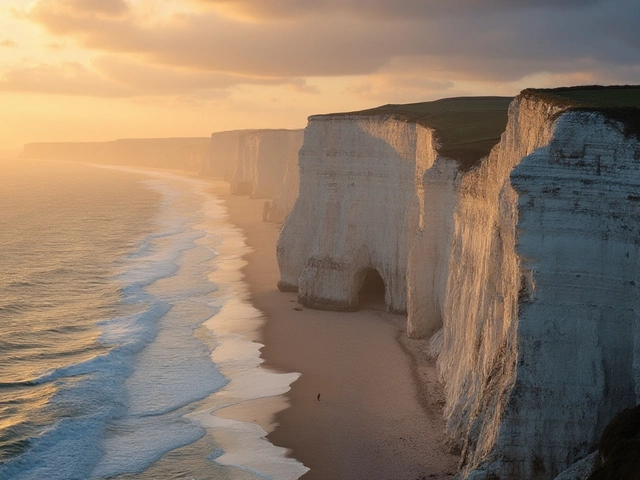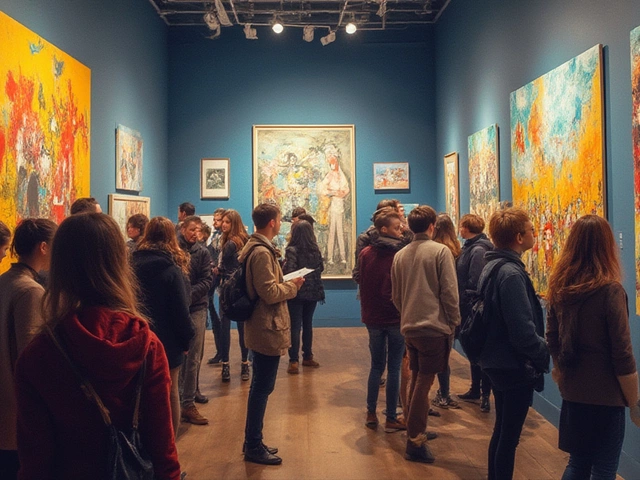Popular Street Art
When talking about popular street art, the lively visual expression that fills cities with color, ideas and sometimes controversy. Also known as urban art, it mixes public spaces with personal voice. Street art isn’t just random spray paint; it’s a cultural conversation that moves from brick walls to online galleries.
One key sibling of street art is graffiti, the tag‑based, often illicit practice that started in the 1970s and still fuels the underground scene. While graffiti leans toward quick lettering and personal signatures, murals, large‑scale paintings that tell stories across whole building faces bring narrative depth and community collaboration. Together they form a spectrum where street art encourages both spontaneity and planning.
How Modern Trends Shape the Scene
Today’s street artists borrow tools from digital art, software‑driven creation that can be projected onto walls or printed as large stickers. This crossover lets creators prototype designs on a tablet before a midnight rollout, and it also opens doors for NFTs that capture the fleeting nature of a wall piece. The rise of digital street art blurs the line between online galleries and physical neighborhoods, showing that the medium constantly evolves.
Another pillar is urban art festivals, organized events where cities invite artists to transform districts over a weekend. These festivals provide legal walls, supplies and publicity, turning what used to be a risky act into a tourist draw. They also demonstrate how authorities can partner with creators, shifting the traditional “permission vs. rebellion” debate into a collaborative model.
The social context can’t be ignored. Street art often mirrors hip‑hop culture, political protests, and local legends. A mural about climate change in Pembrokeshire, for example, can spark community discussions that a gallery piece might never reach. This link between public message and visual impact explains why popular street art stays relevant: it reacts fast, speaks loudly, and travels beyond the city limits through photos and videos.
From a practical standpoint, anyone wanting to start in street art should master a few basics: a reliable spray can, stencils for repeatable patterns, and a sketchbook for planning. Understanding surface preparation—cleaning brick, testing paint adhesion, and respecting weather—makes a piece last longer. Many seasoned artists also keep a “tag list” of legal spots, which prevents costly fines and builds goodwill with property owners.
For seasoned creators, exploring new pigments, UV‑reactive inks, or 3D installations adds fresh dimensions. Combining traditional aerosol techniques with projection mapping can turn a static wall into a night‑time light show. These hybrid projects illustrate how street art constantly incorporates cutting‑edge tech while staying rooted in the street’s raw energy.
Below you’ll find a hand‑picked collection of articles that dive deeper into these topics. Whether you’re after money‑making tips for digital creators, a guide to landscape figures, or the latest on modern art movements, the posts cover the full spectrum of today’s urban visual culture. Browse on to see practical steps, historical context, and inspiration for your next piece.

Street art has blossomed into a significant cultural force, with various forms capturing the attention of urban dwellers and art enthusiasts alike. From expressive graffiti that tells emotional stories to the intricate and often political murals, street art remains diverse in style and purpose. As its popularity grows, new forms such as stencil art and installations continue to emerge, adding to the dynamic street art scene. This article explores the most popular forms of street art and offers insights into their unique characteristics.
